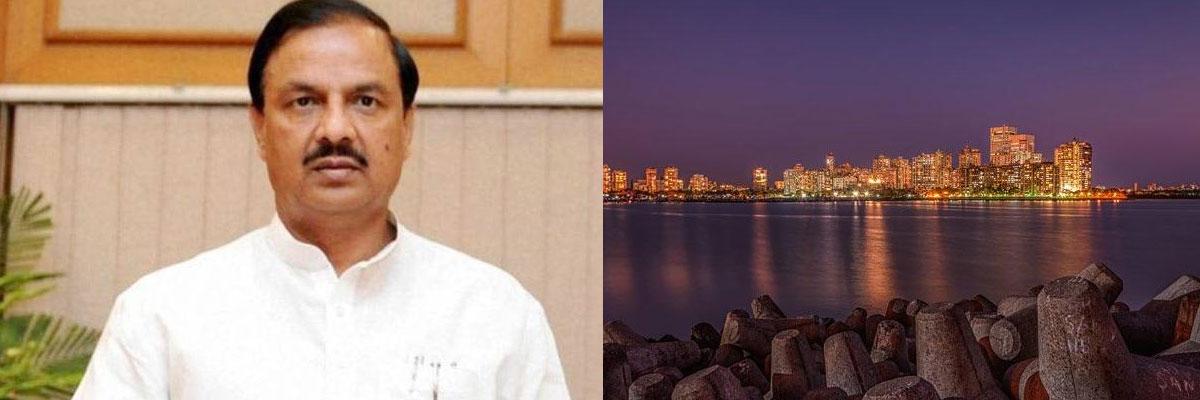Live
- Today's Horoscope for December 25, 2024: Unlock the Daily Insights of Your Zodiac Sign
- Devotees Flock to Indrakeeladri for Final Day of Bhavani Initiations
- Leaders Pay Tribute to Atal Bihari Vajpayee on His 100th Birth Anniversary in Delhi
- AAP accuses BJP of orchestrating 'dirty conspiracy,' claims plans to arrest CM Atishi
- Beginning of new era for Bundelkhand: Shivraj Singh Chouhan on Ken-Betwa project
- Heartwarming Christmas Wishes for 2024: Spread Love, Joy, and Peace this Holiday Season
- Max Movie Review: Kichcha Sudeep’s Action Thriller Packs a Punch
- Karnataka Woman Reunites With Family After 25 Years
- Row Erupts Over Delhi Government’s Warnings Against Alleged AAP Welfare Schemes
- Surat Police Arrest Two Fake Doctors Operating Without Qualifications









